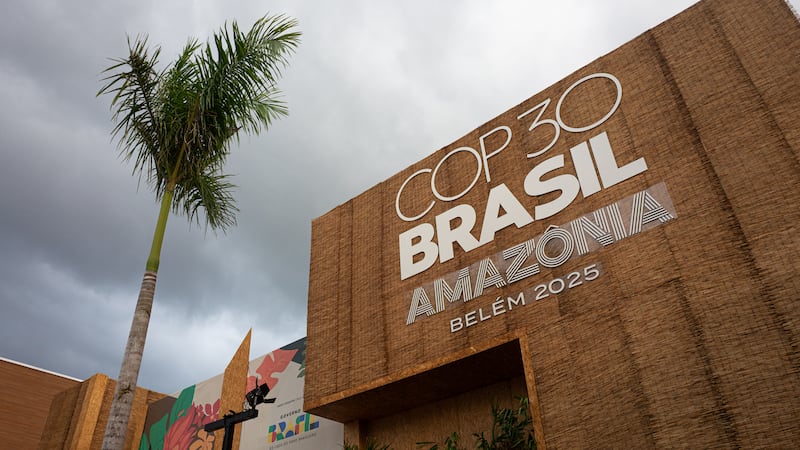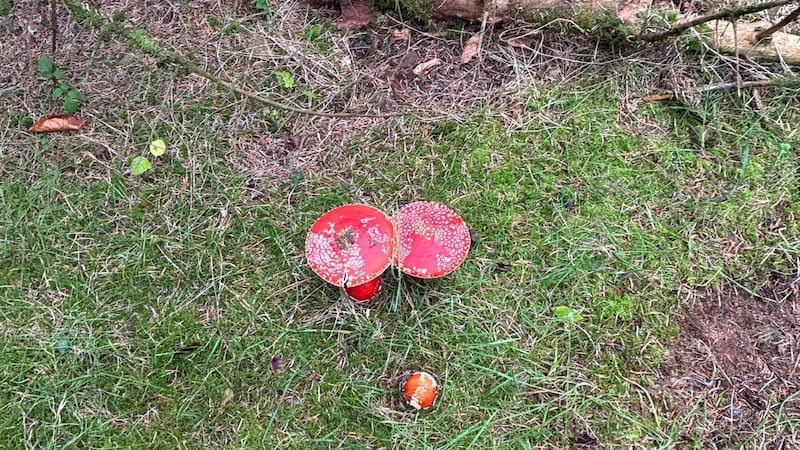Wednesday's chaotic traffic disruption emanating from the M50 collision was the perfect storm of insufficient public transport, the worst possible location for a crash and a ring-road busier today than during the boom.
The incident involving a car and two trucks led to the closure of all three southbound lanes at Lucan and impacted motorists up to 20 kilometres away.
The only solution, according to the AA, is future investment to bring commuting alternatives up to speed with equivalent European cities.
"It was hugely disruptive this morning because it hit arguably the most strategic point of the national infrastructure," said Conor Faughnan of the AA, plugging the network "like a cork in a bottle".
“What it demonstrated to us was how vulnerable Dublin is.”
Today, the M50 is the busiest it has ever been. Adding to the shifting traffic dynamic in recent years is the opening of the Port Tunnel, the widening of the M50 and a ban on heavy goods vehicles in the city centre.
In the past, particularly due to HGVs, the city centre would have been the most obvious potential traffic black spot but that title has now been claimed by the M50.
This is particularly true of the junctions at Naas, Lucan and Blanchardstown, major traffic arteries all feeding into the west of Ireland and western commuter belts.
Wednesday’s crash was on the southbound lane “but it didn’t just affect the south road, it had a huge knock on effect. It had ten or 15 mile tail backs [according to some feedback]”.
Mr Faughnan cautioned against possible exaggeration from irate motorists but Twitter has become an effective gauge for the extent of traffic disruption. According to that live source, at one point following the collision vehicles were at a standstill as far back as Maynooth.
While motorists are angry and quick to point fingers, Mr Faughnan said the reality of very serious accidents is that gardaí have to be allowed to investigate properly. The consequences of this, unfortunately but unavoidably, is delays.
“You are talking about thousands of people sitting in their cars deeply frustrated,” he said.
This then spills into alternative routes as drivers scramble for options; roads around Chapelizod, Ballyfermot and Fonthill all become clogged and slowly the city is strangled by traffic.
Public Transport
Dublin has about 1.5 million people in its environs and yet when all public transport is at capacity - trains, buses and Luas - it can only move about half the population.
"If you look at any of the other cities around Europe of a comparable size the split is roughly 80/20: 80 per cent coming in on public transport and 20 per cent coming in cars," Mr Faughnan explained.
“The large volume of people [IN DUBLIN]who, if they had a realistic public transport option instead, they would never be in their car and they wouldn’t be part of the traffic jam this morning.
“The deep long term issue here is that we have a city that is underserved by public transport and we are very car dependent. We are also very dependent on the M50.
“Long term there can be no other solution but the provision of public transport.”
This sentiment was supported by the Green Party which, in the immediate aftermath of the crash, called on investment in alternative transport.
Party leader Eamon Ryan pointed out that “the M50 is not going to be able to cope as traffic volumes continue to rise. It is not possible to provide any additional capacity on the road and certain sections are already reaching full capacity.”
In this regard, investment in public transport is key, he said in a statement, adding the National Transport Authority (NTA) has warned the motorway will become increasingly dangerous for its growing number of users over the next five years.
“Because every national road leads to this motorway, and because city life is increasingly designed around this ring road, this is going to be one of the biggest problems our country faces,” he said.
“The solution has to be investment in public transport alternatives, but Fine Gael and Labour abandoned the Metro North and Dart Underground projects just as they were ready to go to construction.
“They now say they will deliver them in future decades but will be too late to deal with the immediate crisis we face.”














